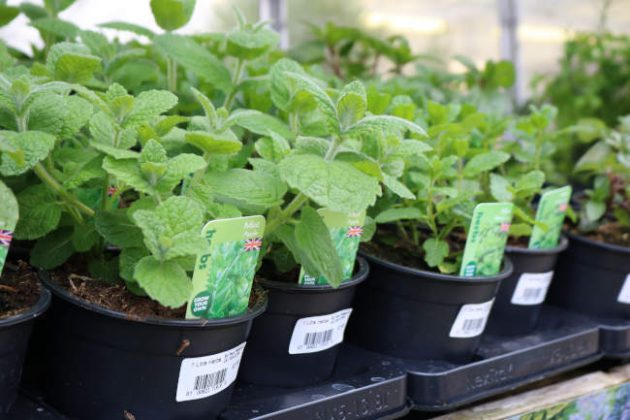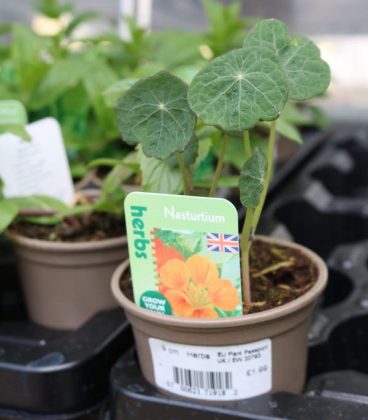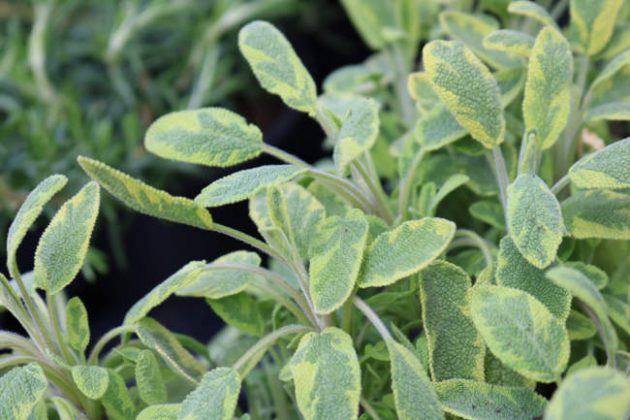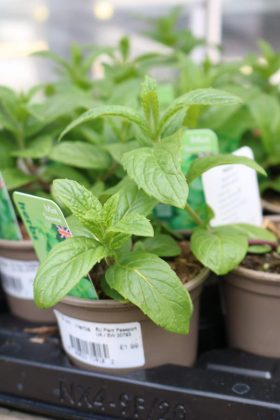How to create an indoor herb garden
There’s nothing better than cooking with fresh herbs and creating your own indoor herb garden couldn’t be easier.
Few things will take your cooking to another level like adding fresh herbs. Access to a mixture of herbs when they are at their seasonal best will see you experimenting with flavours and creating incredibly tasty meals for family and friends.
In this blog, we round up the easiest varieties to grow indoors and the best way to ensure you get an abundant supply of fresh herbs.
Don’t forget, our team at Scotsdales are always on hand to help you if you have any queries.
The great news about herb growing is that they don’t need to be grown in a garden, almost any kitchen can accommodate pots or window boxes, and with the right amount of care they will flourish and grow in no time.

Seeds vs pre-potted plants?
At Scotsdales, we of course love to grow plants from seed, but sometimes it is worth making your life easier and buying our pre-potted herbs. This will save you time and energy!
If you do want to grow your herbs from seed, it’s best to sow herb seeds in April or early May when there’s less risk of frost. Once you’ve sowed your seeds on damp, free-draining seed compost, protect the tray with a clear plastic bag or piece of glass and place somewhere bright and warm for the seeds to germinate (about 18 – 20 degrees). Once your seeds have germinated, remove the cover and let them grow.
What to plant your herbs in
At Scotsdales, we have several options for what to nurture your herbs in, from pots and window boxes to grow bags. It doesn’t necessarily matter which one you choose, just go for whatever works for the space you have. Ultimately, the main thing to emphasise is that you must ensure your herbs have enough drainage – otherwise they will easily drown.
Our plastic window boxes are carefully designed to ensure this doesn’t happen as they have a reservoir at the bottom for drainage. Grow bags also work although they can look less attractive. Pots are useful as they are mobile so can be moved around when needed throughout the seasons.

Herb choice
Which herbs you grow in your garden depends largely on personal choice. Almost all herbs will grow for at least one season, some year-on-year. It’s important to consider whether your chosen herb is annual, biennial or perennial – more details can be found below:
|
Annual and biennial herbs |
Perennial herbs |
|
Basil |
Oregano |
|
Coriander |
Mint |
|
Parsley |
Thyme |
|
Dill |
Sage |
|
Chervil |
Rosemary |
|
Chamomile |
Chives |
|
Summer Savory |
Comfrey |
|
Marjoram (sweet) |
Sorrel |
|
Purslane |
Fennel |
|
Borage |
Russian Tarragon |
|
Lemon Grass |
Hyssop |
|
Purslane |
Lemon Balm |
|
Mexican Marigold (sweet Mace) |
Meadowsweet |
|
Rocket |
Horseradish |
|
|
Lovage |
Herbs that are suitable to grow indoors on the windowsill include: chives, parsley, basil, coriander, marjoram, dill and mint.
We’d recommend starting off with these and then broadening your variety as you become increasingly green-fingered!

Herb care
Luckily, herbs are relatively low maintenance! It’s important to water your herbs daily. In summer, you must ensure you do this in the evening rather than in the full heat of the day. If your herbs are in a pot – sit them on a plate or saucer and pour water onto them – the soil will quickly soak it up. Keep your herbs well cut to stop them from bolting. This is a process when they produce flowers attempting to reproduce, therefore affecting the quality of the leaves. Dead-head the flowers to prevent this so the plant must channel its energy into leaf growth.
Given herbs need a huge deal of light to remain healthy, a windowsill is a good place for your herbs to grow, just ensure they are also sheltered. Don’t overcrowd your herbs – if they are too cramped, they will quickly die.
Trimming shrubby herbs such as lavender and thyme will make flower removal easier. Ensure you clear debris and fallen leaves off low-growing herbs such as thyme and lavender to prevent fungal diseases and gaps forming. Herbs don’t need mulching, excluding mint – which likes moist growing conditions and would benefit from mulching in the spring.
After a few years of growing your own indoor herbs you may find that your container-grown herbs will start to look weak and dry out quickly. This is a sign that the plant has become pot-bound and it’s essential you re-pot them at this stage. Plant them into a new container, tearing the roots apart before replanting. If re-potting them isn’t an option, you can also just replace the top ich (2.5cm) of soil with fresh compost and a slow-release fertiliser.

Harvesting your herbs
Once they’ve started growing, keep cutting them as they grow, which will encourage more growth. As a rule, remove foliage from the outside of the plant, allowing new growth to develop from the centre. Ensure you don’t pick more than a third of the plant’s foliage at one time to enable it to recover. Herbs are best picked early on in the day before the sun comes up and evaporates any essential oils.
Herbs can also be cut and dried and frozen for use all year round to whip up some tasty recipes! Herbs that freeze well include coriander, parsley and dill. Freeze them as whole sprigs in a freezer bag or you can even freeze chopped herbs with water in ice cube trays which can easily defrost into sauces, stews and curries.
Now you’ve got all the information you need, there’s nothing stopping you from creating your own indoor herb garden and reaping the rewards throughout the summer. We promise that once you start growing your own herbs, you’ll never look back!




